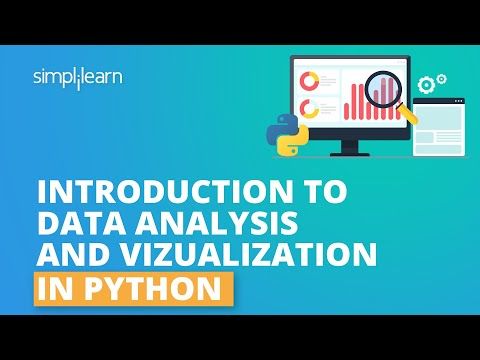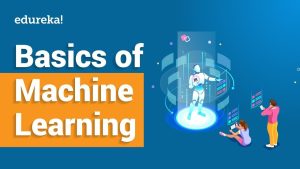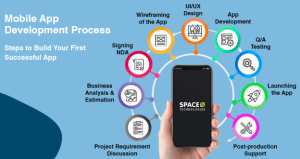
Data science has become a crucial discipline in today’s tech-driven world, enabling businesses to extract valuable insights and make data-driven decisions. Python, with its powerful libraries and frameworks, has emerged as a top choice for data analysis and visualization tasks. In this article, we will explore how Python can be used for analyzing and visualizing data in data science projects.
Why Python?
Python’s popularity in the data science community can be attributed to its simplicity, versatility, and wide array of libraries specifically developed for data analysis. Some of the key libraries include NumPy, Pandas, and Matplotlib, which provide comprehensive tools for handling and visualizing data. Python’s intuitive syntax makes it easier for beginners to grasp the concepts, while its vast ecosystem supports professionals in building complex data pipelines and models.
Data Analysis with Python
Python offers a variety of tools and techniques for data analysis, allowing us to process and transform raw data into meaningful insights. NumPy, a fundamental library for numerical computing, provides efficient data structures and functions for working with arrays. Pandas, on the other hand, offers powerful data manipulation and analysis capabilities, making it easy to clean, filter, and aggregate data. With these libraries, analysts can perform tasks such as data cleaning, feature extraction, and statistical analysis.
Data Visualization with Matplotlib
Visualizing data is an essential step in data analysis, as it helps to identify patterns, trends, and relationships. Matplotlib, a popular data visualization library in Python, provides a wide range of plotting functions and customization options. Whether it’s creating line plots, scatter plots, bar charts, or histograms, Matplotlib allows analysts to effectively communicate insights through visually appealing graphics. Additionally, Matplotlib seamlessly integrates with Jupyter notebooks, providing an interactive environment for data exploration and visualization.
Interactive Visualizations with Plotly
While Matplotlib is a powerful library for static visualizations, Plotly takes it a step further by offering interactive and dynamic plots. With Plotly, data scientists can create interactive dashboards, 3D visualizations, and animated plots. It supports various output formats, including HTML files and interactive web-based applications, making it ideal for sharing visualizations with stakeholders. Plotly also integrates well with other Python libraries, allowing users to combine its interactive capabilities with the data manipulation functionalities of Pandas.
Conclusion
Python has established itself as a go-to programming language for data science, thanks to its rich ecosystem of libraries and straightforward syntax. With the power of Python and its robust libraries like NumPy, Pandas, Matplotlib, and Plotly, analysts and data scientists can efficiently analyze and visualize complex datasets. Whether you are a beginner in data science or an experienced professional, Python is your gateway to unlocking the potential of data and gaining valuable insights to drive informed decisions.

